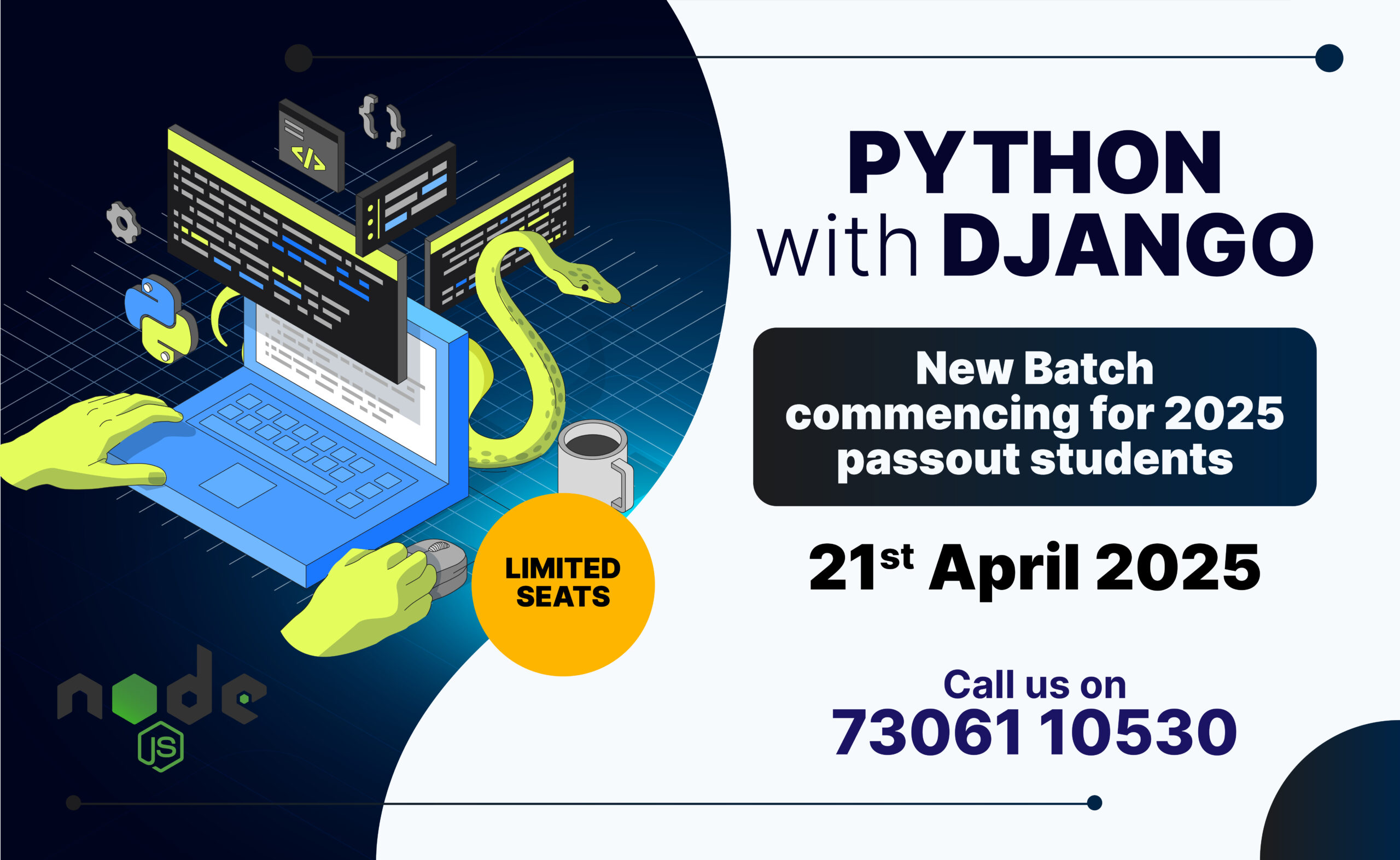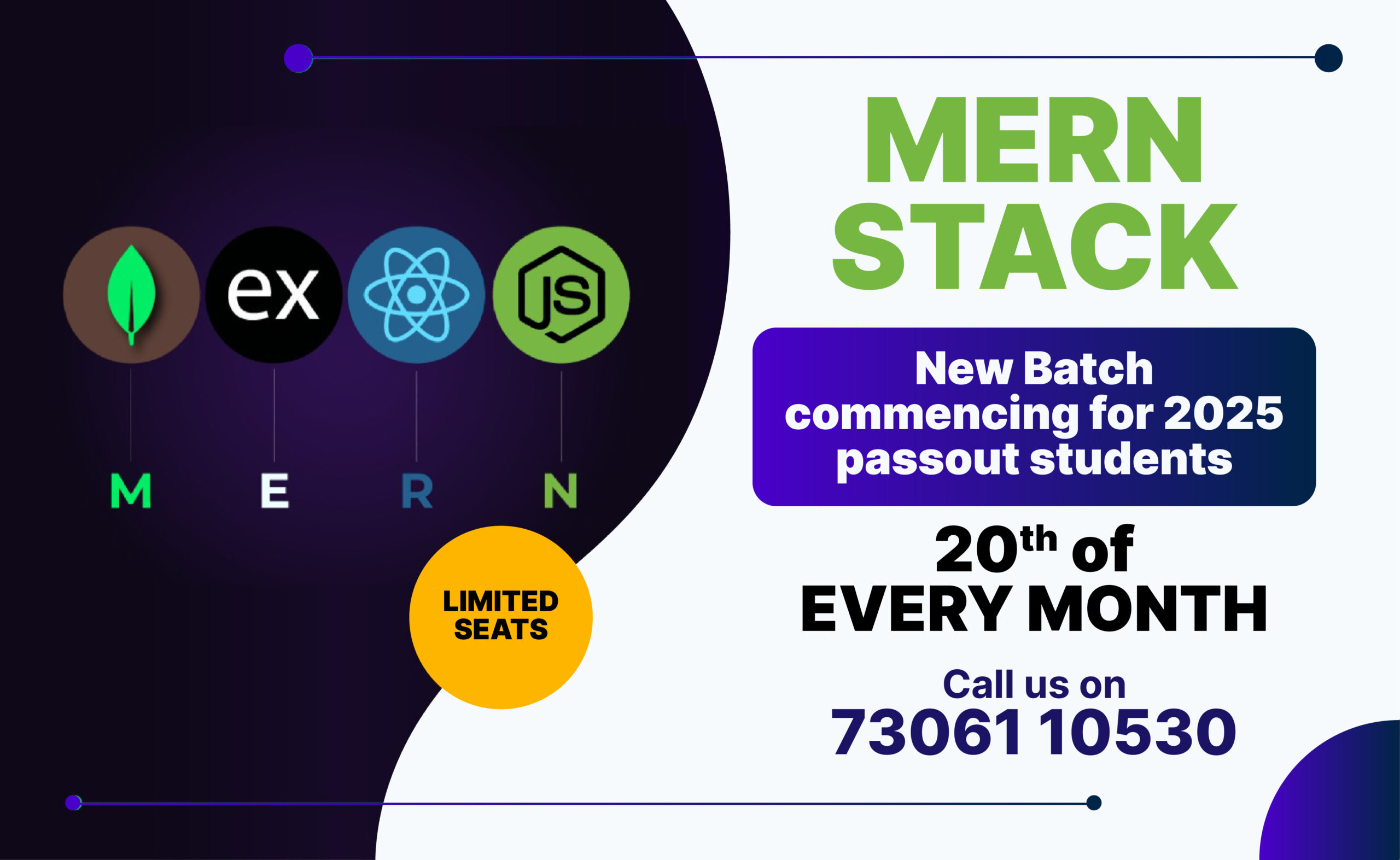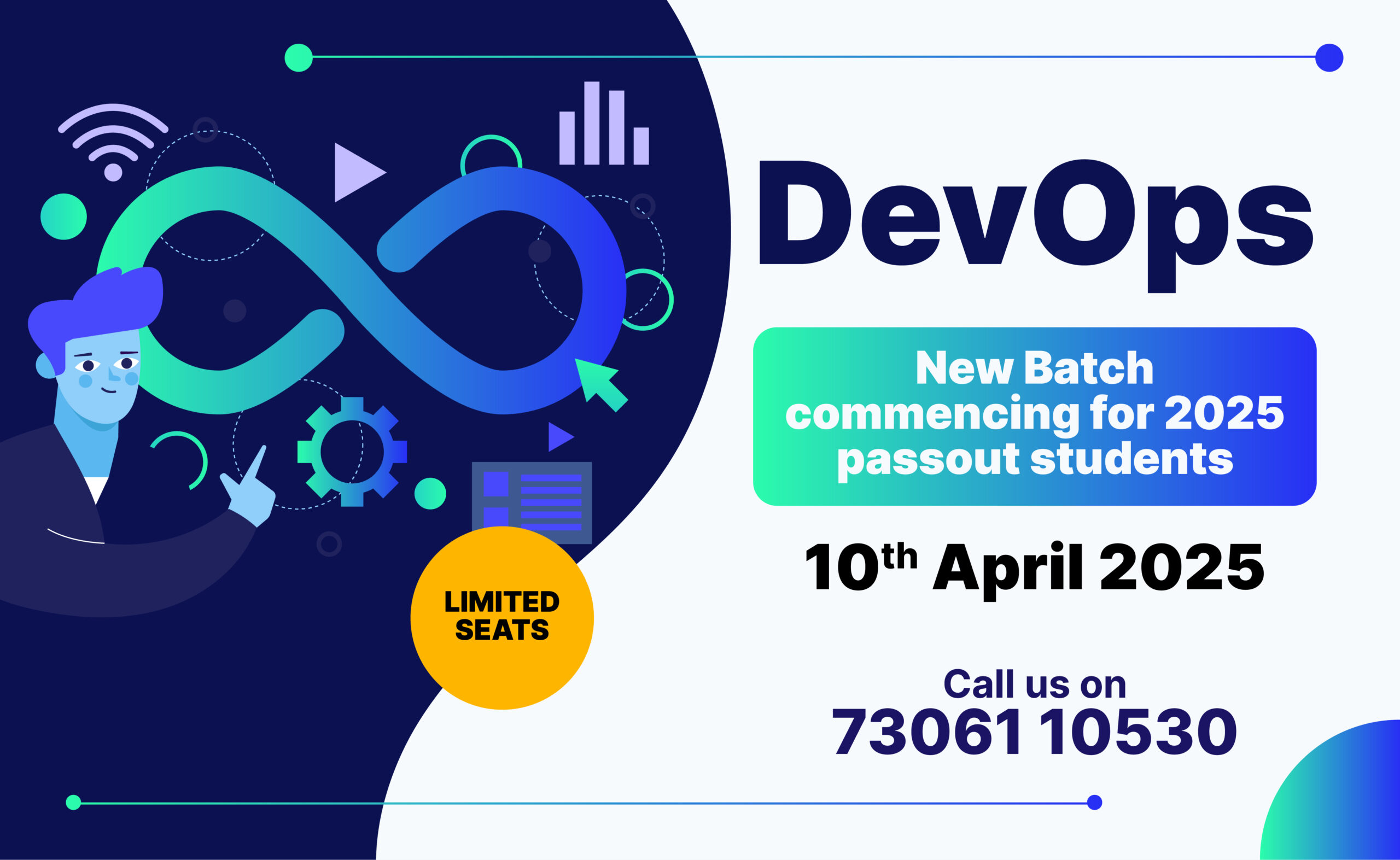Microsoft Dynamics is a complicated system that combines ERP and CRM capabilities with on-premise features. It may appear hard, but it is a wonderful alternative if you consider a career as a developer but are unsure which subject to pursue.
Many firms utilize it, so you’ll have plenty of job prospects, and you’ll get to work in one of the most inventive areas.
What is Microsoft Dynamics 365?
Microsoft Dynamics 365 is a customer relationship management (CRM) and enterprise resource planning (ERP) system that runs in the cloud. It assists companies in improving their sales and customer service procedures, as well as increasing employee efficiency.
Through a comprehensive set of productivity tools, Dynamics 365 assists businesses in facilitating communication and improving client interactions. Switching between programs, according to studies, leads to more errors and lower productivity. Employees who use 30 or more programmes make 28% more mistakes than those who use fewer. By merging your important sales, marketing, and customer service tools into one platform, Dynamics 365 eliminates the need to switch between programs.
Why Should You Learn Dynamics 365?
There are numerous advantages to learning Microsoft Dynamics 365 from both a business and a career standpoint. Here are six of the most significant advantages:
1. Simplifying Sales Process
Sales teams can access valuable client data from any device with Dynamics 365. The sales module aids with sales workflow management and allows you to prepare and distribute proposals and contracts quickly.
When you understand all of Dynamics 365’s sales features, you’ll be able to shorten your sales cycle and develop more targeted selling experiences.
2. Understanding Customer Needs
Dynamics 365 collects useful information about each consumer in your database, such as their favorite websites, communities, and purchasing habits, among other things. Using this data, customer support representatives may connect with each contact on a more personal, human level.
3. Flexibility and Lower Costs
Other CRM solutions are more expensive than Dynamics 365. Microsoft offers numerous pricing levels and deployment choices depending on your budget and team size. This kind of adaptability isn’t just baked into the price.
Dynamics 365 comes with many modules and workflow tools that you can use to customize the platform to your specific KPIs and objectives. Customization tools can also be used to add new fields and objects to the system.
4. Improve Productivity
You won’t have to waste time transferring data between numerous programmes to complete a single operation with Dynamics 365. Microsoft Dynamics 365 also works in tandem with the rest of the Office 365 suite.
With just a few clicks, you can send an email in Outlook, analyze data in Power BI, or discover documents in SharePoint.
5. More Chances of Getting Hired
In the first few months of 2019, Dynamics 365 saw a 43 percent increase in revenue. The platform isn’t going away, and the more businesses adopt it, the more employees who are conversant with its subtleties will be needed.
6. Increased Salary
Learning Dynamics 365 and becoming certified can help you make more money. According to a certain survey, acquiring a Microsoft Dynamics CRM certification resulted in a wage raise for one-third of respondents.
Get the Right Certifications
If you already have a lot of Dynamics 365 expertise, certifications can be an excellent way to boost your resume. If you don’t have much hands-on experience, though, you’ll need industry-specific certificates to prove your abilities.
Fortunately, because Dynamics 365 is a new platform, all its associated certifications are also new. There are three Dynamics 365 certifications now available, two at the mid-level MCSA level and one at the top-level MCSE level, which was first offered in March 2017. You must complete at least one MSCA before you can get the MCSE, and which of the two MSCAs you choose depends on whatever area of Dynamics 365 you’re more familiar with or want to specialize in.
Employers want to see how your skills can help them solve problems, and the best approach to show them is to tell them about the wonderful things you’ve accomplished in the past.
Remember to keep your LinkedIn page up to date as well. A solid LinkedIn profile is precious, so don’t leave it to chance; make sure it’s updated and check it frequently.
Learn Dynamics 365 Today
Companies will start looking for Dynamics 365 abilities and training on their resume as the software gets more popular. Techmindz training courses will help you achieve a Dynamics 365 certification and advance your professional career.














0 Comments